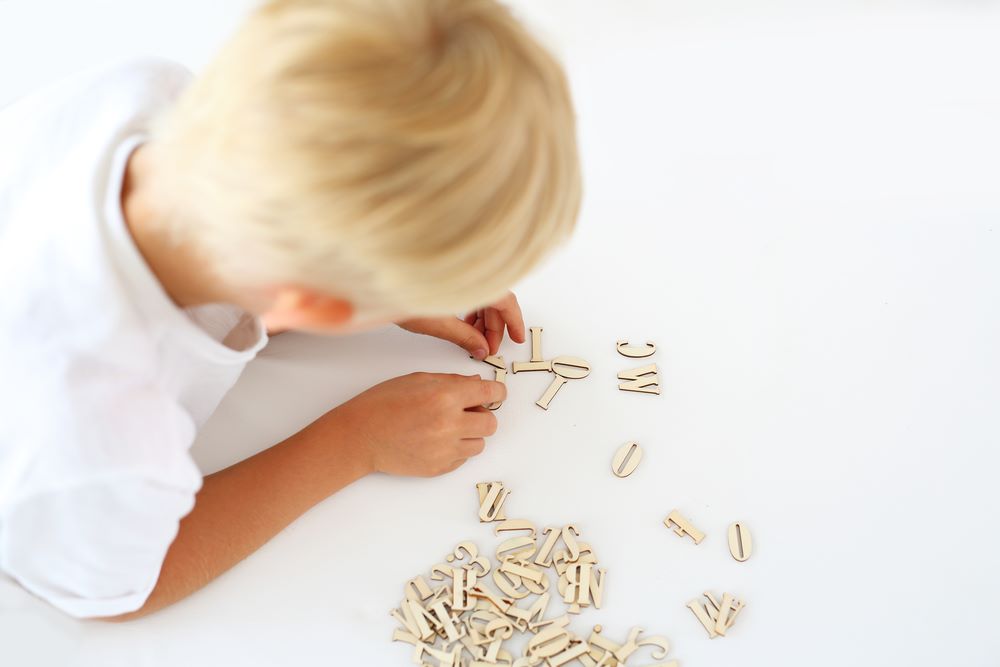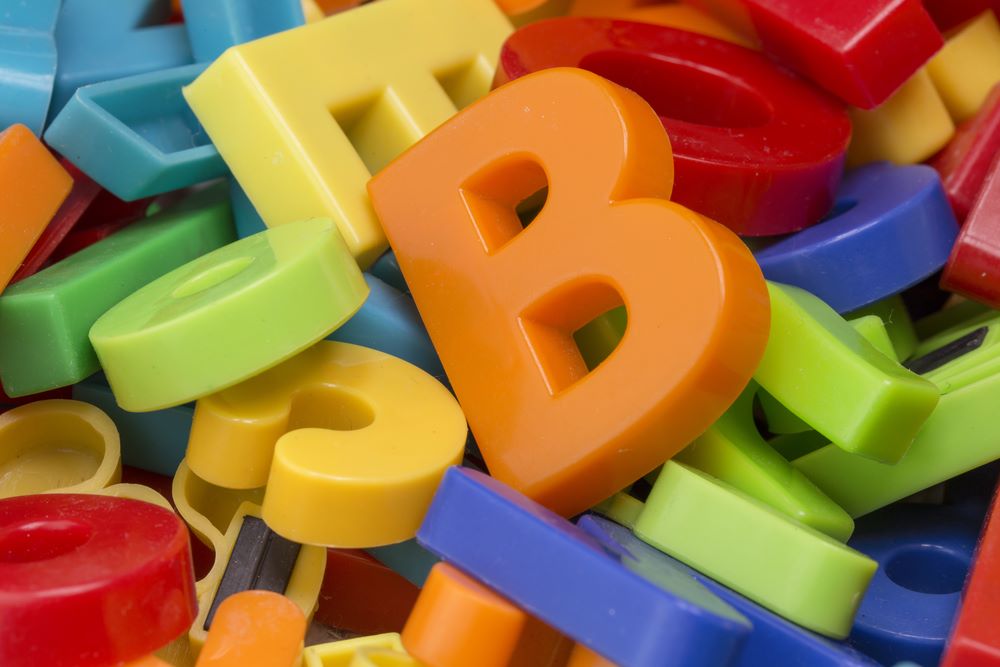
Dysgraphia is one of the types of learning difficulties. Some kind of writing failure. So what should we think of writing disorder?
What are the signs of dysgraphia? How to understand dysgraphia?
A child with dysgraphia writing disorder:
May not draw the letters in correct forms,
In the unlined notebook, may not be able to write in a straight line,
Letter sizes may be inconsistent.
So what does dysgraphia writing disorder not include?
Dysgraphia disorder:
Impaired language,
It does not cause written expression problems.
In addition, children with dysgraphia may have difficulty holding their pens or notebooks and standing straight while writing.
Before the definition of dysgraphia, children with writing problems were said not to take their lessons seriously or to be lazy. Now we know that our children write not because they are lazy, but because they do not know otherwise. How can we support a child with dysgraphia writing disorder?
What can be done for dysgraphia? What are dysgraphia studies and dysgraphia activities?
Physiotherapists and occupational therapists work on dysgraphia. You can get help from an expert. Otherwise, you can support your child at home. For example:
- You should try different types of pencils and determine which kind your child is most comfortable with.
- You can improve pen control with drawing exercises, such as line works that you use to prepare for reading and writing.
- Labyrinth studies will also be useful.
- You should use a lined notebook. If possible, the lines should also be embossed. Beautiful writing books will be useful to learn to pay attention to the case.
- You can support your child’s writing skills with sensory integration activities such as preparing letters from ice and following them with fingers, writing in sand, writing letters on a bag filled with cream or shaving foam on the table.
- You can play sit down – stand up by showing uppercase and lowercase letters.
- You can distinguish between colored letters. Lowercase b, d, h with up-tail, such as p, y, g with down-tail, such as those with no tail can be grouped.








